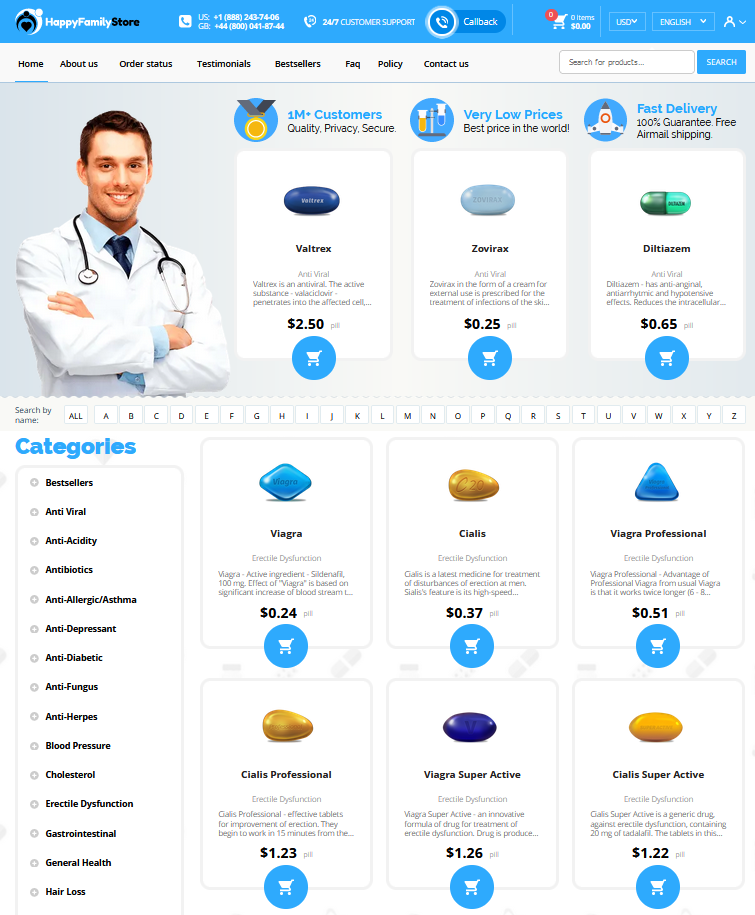 Exploring Off-label Uses of Promethazine in Medicine
Exploring Off-label Uses of Promethazine in Medicine
Understanding the Pharmacological Profile of Promethazine
Promethazine stands as a significant player in pharmacology, known for its antihistamine properties and wide-ranging effects. Initially developed as an Elixir for allergies, this compound medication quickly gained recognition due to its unique ability to act as a sedative and anti-nausea agent. As part of the Top 200 most commonly prescribed drugs, promethazine offers versatile therapeutic benefits, influencing both central and peripheral nervous systems. Its efficacy stems from its capability to block histamine receptors, thus providing notable relief for allergy symptoms, making it a staple in many medical settings.
| Characteristic | Description |
|---|---|
| Primary Use | Antihistamine for allergies |
| Secondary Use | Sedative and anti-nausea |
| Pharmacological Action | Blocks histamine receptors |
Beyond its well-known applications, promethazine’s versatility as a compound medication brings it into diverse medical scenarios. As a first-generation antihistamine, it showcases a knack for crossing the blood-brain barrier, lending to its sedative effects. This ability makes it a valuable asset in healthcare, used under various Scripts beyond its original intent. Known colloquially as a 'happy pill' by some, its calming effect is a testament to its widespread acceptance in handling a multitude of symptoms in both formal and off-label capacities.
Historical Context: Promethazine's Traditional Uses in Medicine

In the bustling pharmacies of the mid-20th century, promethazine emerged as a versatile player, originally concocted as a comp for treating a variety of ailments. Initially, pharmacists relied on this elixir primarily for its antihistamine capabilities, offering relief for allergic reactions and pruritus. However, its utility quickly expanded beyond merely countering histamines. Doctors began to explore its potential as a sedative, which, back in the day, seemed like a script in every physician's arsenal. The drug's ability to act swiftly—stat, some might joke—made it a go-to for addressing nausea and vomiting, especially in surgical settings. Yet, it wasn't long before the medical community discovered other under-the-counter benefits, paving the way for promethazine's off-label adventures in modern medicine.
Anxiety Management: a Surprising Off-label Application
Promethazine, a multifaceted compound medication, exhibits properties that extend beyond its traditional uses, finding a niche in the realm of anxiety management. Originally introduced as an antihistamine, its sedative effects have captured the attention of healthcare providers. Although not its primary application, off-label use of promethazine for anxiety can be beneficial for certain patients needing 'happy pills' to soothe nerves during high-stress situations.
In the nuanced world of prescriptions, understanding the Sig, or directions on a prescription, becomes crucial. Promethazine's calming effects make it a contender in the non-traditional therapy arena, offering a unique angle for managing anxiety when typical treatments fall short, with careful oversight to avoid potential side effects.
Addressing Motion Sickness in Unique Situations

Navigating motion sickness presents unique challenges, especially for those in unpredictable environments like astronauts or sailors facing turbulent waters. Here, promethazine's potential shines beyond its conventional applications. As an antihistamine, it counteracts nausea and dizziness, offering a lifeline in situations where traditional remedies fall short. Imagine a "comp" medication, tailored to the specific needs of those traversing volatile terrains. It's not just a script but a versatile tool, proving its worth where mere ginger tablets or bands often fail, ensuring steadiness amidst the chaos.
Promethazine as an Adjunct for Migraine Relief
In the labyrinth of migraine management, creative solutions often emerge as patients seek relief from this debilitating condition. Among the arsenal of remedies, promethazine sometimes enters the picture—not as the star but as part of a cocktail, enhancing the effect of primary treatments. In the battle against migraines, this drug may offer a unique angle, given its sedative properties. Patients often express a sense of ease, finding it under the Sig, contributing to their tailored therapeutic strategy.
Promethazine, when combined with other treatments, can serve as a comp in migraine relief. Patients struggling with the overwhelming side effects, akin to surviving a Pharmageddon, often seek the adaptable relief such headache scripts can offer. Such mixtures can help to mitigate the hangover-like feelings migraines leave in their wake, providing a quiet respite for recovery.
Taking a closer look, the adjunctive approach requires careful consideration. The balance of ingredients, akin to concocting an elixir, is crucial—requiring vigilance from healthcare professionals in compiling the perfect dosing strategy. This calculated combination ensures that patients can avoid a Zombie Pills experience, instead maintaining a state of controlled peace without tipping into lethargy.
```html
| Key Benefits | Considerations |
|---|---|
| Enhances primary migraine treatments | Requires careful dosing |
| Sedative properties aid in relaxation | Potential for fatigue and lethargy |
| Customizable in a therapeutic cocktail | Monitor for side effects |
Ethical Considerations and Risks of Off-label Prescriptions
Navigating the complex world of off-label prescriptions requires a careful balance between innovation and responsibility. Physicians venturing into this territory must constantly engage in a Meds Check to ensure patient safety, as each new application can present unforeseen risks. While a particular use might seem promising, it's crucial to avoid turning into a modern Candyman, where medications are dished out too liberally without a comprehensive understanding of potential side effects.
Furthermore, the autonomy that off-label prescribing allows should be tempered by a rigorous adherence to medical ethics. The practice not only demands a thorough examination of evidence-based outcomes but also necessitates transparency with patients. This ensures they are fully informed—rather than experiencing Sticker Shock—about the potential risks and benefits, fostering a trusting doctor-patient relationship essential for successful treatment outcomes.